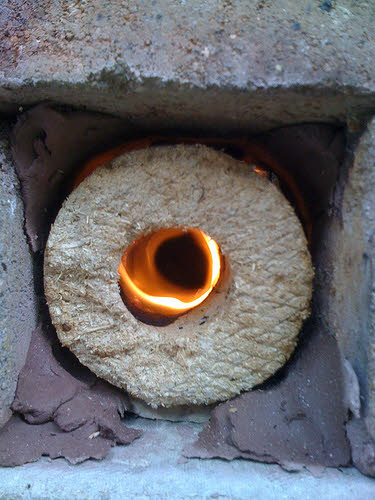
“Biomass” is one of those terms like “alternative energy”: it could be a sustainable approach to energy generation, but isn’t always. I once sat through a talk by an energy services company executive in which he argued that forest biomass (think trees, undergrowth, etc., cut for burning) was carbon-neutral because “the plants could grow back.” Seriously.
On the other hand, though, an awful lot of waste – from shredded paper to sawdust to greasy pizza boxes – could be used to generate heat. As we move into the winter months, and you start to consider the prices of heating oil, natural gas, and/or electricity, you may want to start taking a look at some of the waste that goes into the trash can… there are BTUs in much of it that could be harvested cheaply without creating much pollution.
Want to start putting some of that waste to work? Take a look at these ideas for making use of waste biomass for home heating, or even cooking. Most of these plans below were created for the developing world, where the harvesting of wood for cooking or for making charcoal (an income source for many impoverished people) has led to deforestation, erosion, and ultimately complete degradation of productive land. While you might not be facing such dire choices between short-term fuel needs and long-term land use, these ideas can save you some money, and keep useful biomass out of landfills… still a win-win.
Biomass Briquette Presses
Sure, you can buy a briquette press, but if you’ve got even the slightest handy streak (or, as you’ll see, none at all), you can put together your own press.
The Full-Sized Briquette Press
This was developed by the Legacy Foundation, and they sell plans for it (and, no, that’s not an affiliate link).
The Micro Press
Lee Hite shares instructions at Instructables, and has also produced a step-by-step video (below) for building a smaller version of the typical briquette press.
The Caulk Gun Briquette Press
This video is a bit lower quality than some of the others, but the idea is pretty simple: use a caulk gun as a press for small biomass briquettes
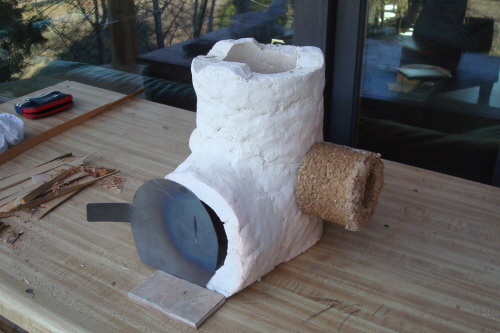
A Rocket Stove Specifically For Biomass Briquettes
As we pointed out in an earlier post, the rocket stove was created to give people in the developing world a cleaner, less fuel-intensive option for cooking. Now, combine this with biomass briquettes, and you’ve got a very forest and wildlife friendly option for outdoor cooking. Dubbed the Holey Roket, you can find text and photo instructions for building one at the project’s website, or follow along with the video below.
Rok’s YouTube channel has a couple of alternatives for building the stove, as well as a video on cooking with it.
The Paper Log
Finally, if you like something a bit more like the traditional fire log (or the manufactured fire log that’s a lot like the typical manufactured charcoal briquette), this project at Instructables shows you how to make one from old newspaper. Essentially, it’s a longer version of the briquettes from the first page… but no press required!
Know of other creative ways to turn waste biomass into fuel? Share them with us… I’d love to update this post with even more ideas.

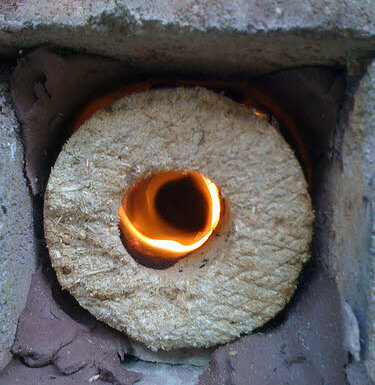















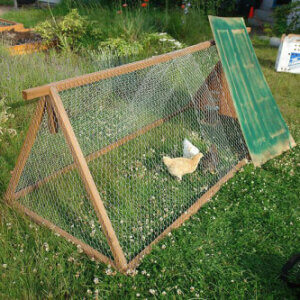











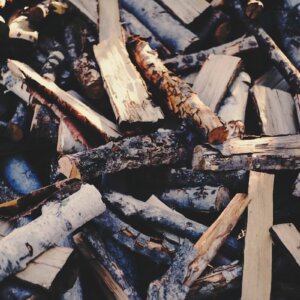









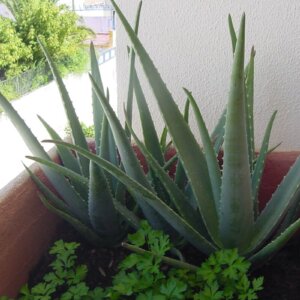


Canada has made hemp legal to grow. Can be made into light weight insulating cement blocks, wall boards, even baled tightly for “Straw Bale” types construction, yields oil, food from seeds, University of Alberta produced an effective cheap light weight renewable car body, Even the fields in which it grows benefit – the nearest market, the u.S.A. refuses it??? We will certainly produce paper, cloth, even astout denim from hemp and our marketplace will be the rising Pan Eurasian Empire, as we grow away from a restricted and failing America and towards lucrative payments on solid nondepreciating and unmanipulated(since 2008) yuan even for our Soft Wood lumber, coal, Tar Sands Oil and liquefied natural gas. We must survive, even if America feels it is rich enough to refuse us our market share there, we have to go to the pan Eurasian Empire and its immense marketplace.
Interesting recycling project, does seem like an effort the common household would not undertake. Now if someone was to turn this into a small business where they could turn recycled scraps into biomass bundles for sale this could be a cheap green product.
If you were going to turn this into a commercial business it would be better to buy an off the shelf briquette machine. Something like what Weima offers for instance. With a hopper and auto feed system. Then it’s just a matter of routine maintenance and keeping the hopper loaded.
All the wastage is harming the environment and that is only harming the environment adversely and due to these it has become an alternative source to generate energy.
Now i’ve searched the web from top to bottom regarding briquettes.
There seems to be two solutions :-
1. Cheap screw extruded that forces the mix through a heated die, creating a carbonized briquette, but require far too much electricy!.
2. Hydraulic compaction using forces nearly 3000 PSI to literally blast apart the cell walls and release the lignin ensuring a solidly compacted product.
Option two is always going to produce a better result, but the expensive machines such as Weima need a cheaper tractor PTO powered alternative suitable for developing countries and small scale farm use, not companies producing thousands of tonnes a day.
Please would someone design one for the world, instead of these tin pot wooden things touted to save the world, when in reality even the most deprived of countries have tractors and basic metal working abilities!.
To produce a Briquette various raw materials are been used which might be spreading pollution and affecting environment, So with the help of Briquette wastage can be transformed.
Biomass briquettes are made from bio waste materials with eco friendly technology biomass briquette press that is highly demandable in the market.